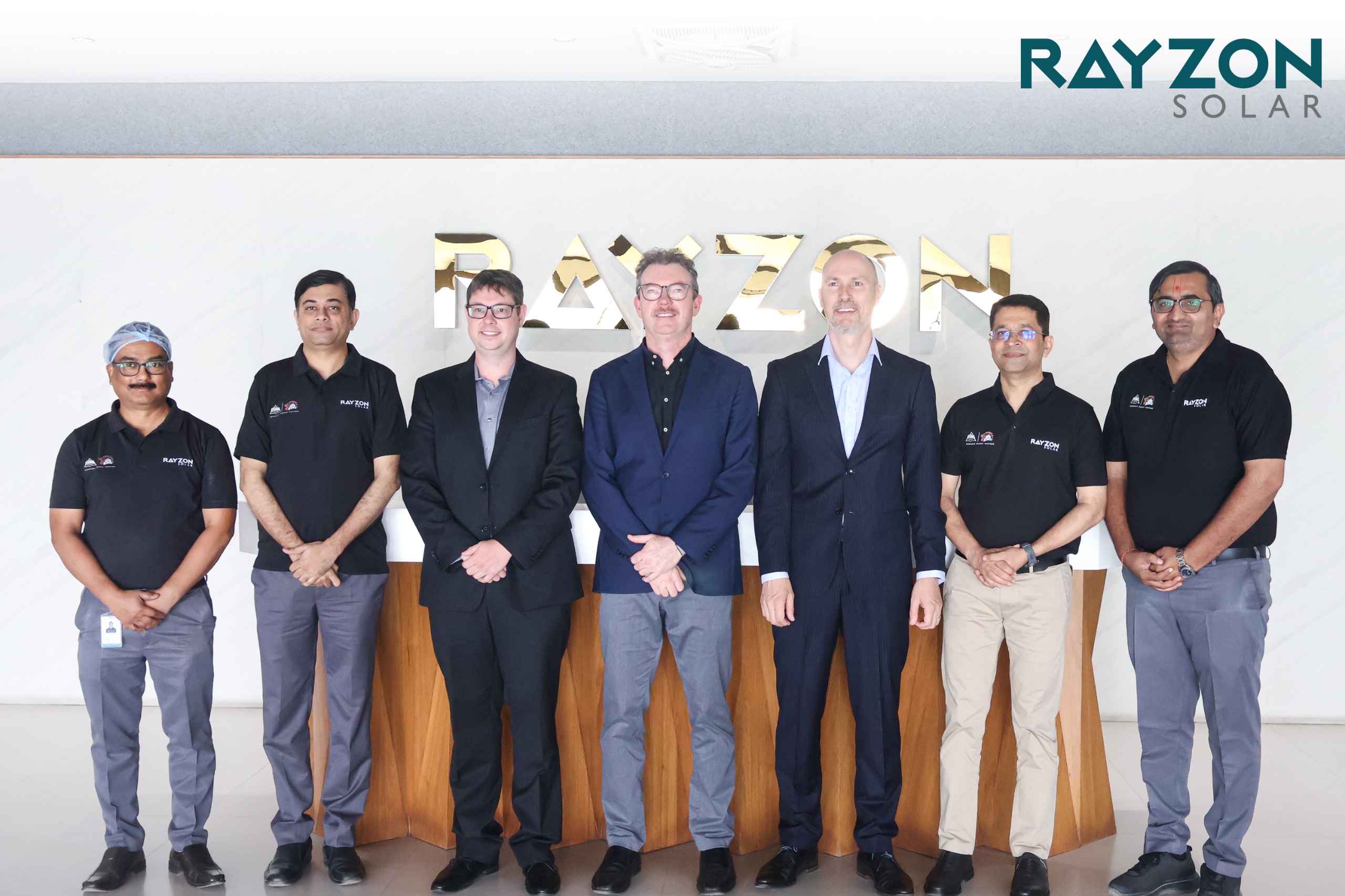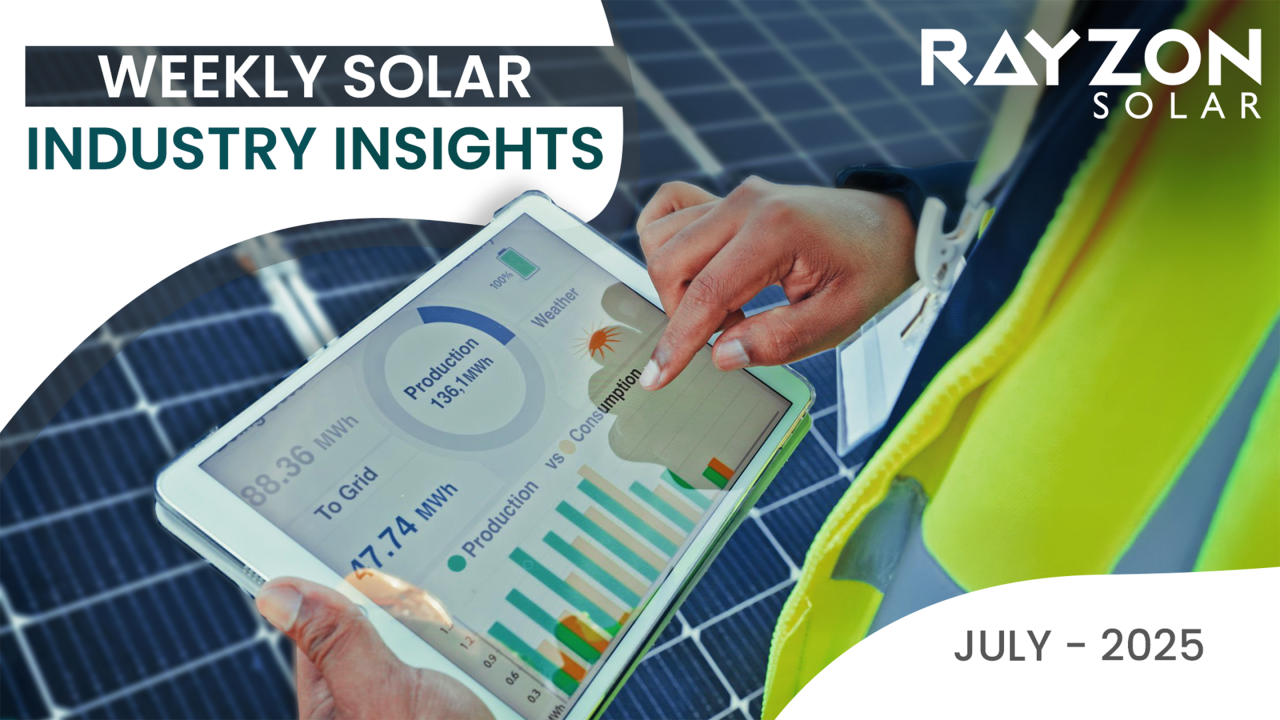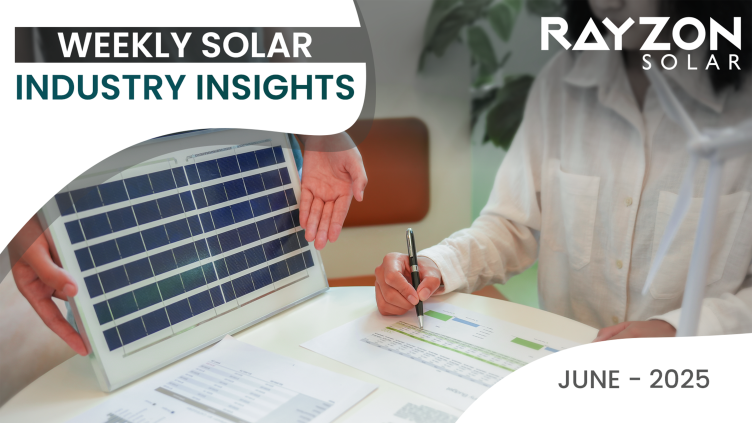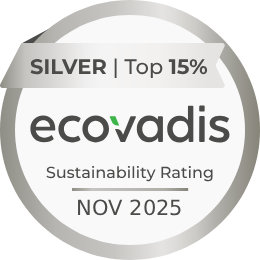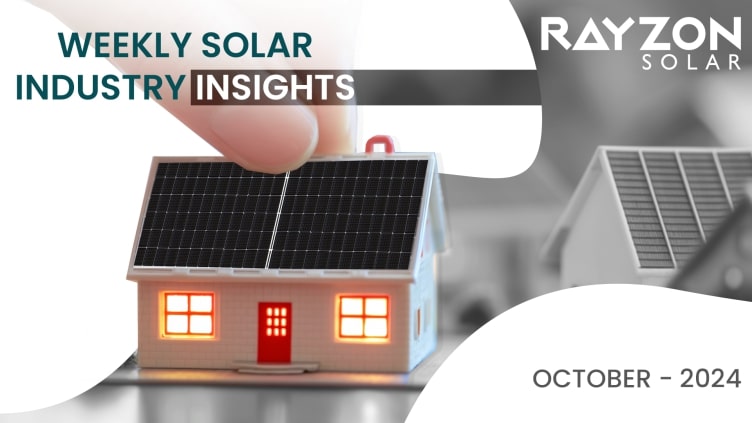
Weekly Solar Industry Insights: November 4th – November 10th, 2024
U.S. Department of Energy Releases Updated Solar Cost Model
The U.S. Department of Energy's (DOE) Solar Energy Technologies Office (SETO) has released the 2024 PV System Cost Model (PVSCM), revealing price trends across the solar industry. Residential solar prices have risen, while commercial solar has become more affordable, and utility-scale pricing has remained stable. The Minimum Sustainable Price (MSP) for utility-scale, agrivoltaic, and residential systems are $0.98/Wdc, $1.34/Wdc, and $2.74/Wdc, respectively. Adding batteries to these systems raises costs by $1.75/W for residential and $0.75/W for larger projects. The tool provides detailed cost breakdowns, helping the industry better understand market dynamics, though annual solar cost benchmarks will no longer be published.
India's Climate Policies and Emission Reduction Progress
India's climate policies in power, transport, and residential sectors have already mitigated 440 million tonnes of CO2 emissions between 2015 and 2020, with projections indicating a reduction of 3,950 million tonnes between 2020 and 2030, which is nearly 1.6 times the European Union's CO2 emissions in 2023. Key policy interventions, such as the National Solar Mission, FAME schemes, and energy efficiency programs, have driven significant progress, especially in the power sector, where renewable energy adoption is expected to reduce coal-based electricity generation by 24% by 2030. These policies are also catalyzing the growth of electric vehicles and improving residential energy efficiency. However, achieving net-zero emissions by 2070 will require even bolder actions, including scaling renewable energy investments, enhancing carbon credit schemes, and accelerating energy efficiency in key sectors.
U.S. Department of Energy Releases Updated Solar Cost Model
The U.S. Department of Energy's (DOE) Solar Energy Technologies Office (SETO) has released the 2024 PV System Cost Model (PVSCM), revealing price trends across the solar industry. Residential solar prices have risen, while commercial solar has become more affordable, and utility-scale pricing has remained stable. The Minimum Sustainable Price (MSP) for utility-scale, agrivoltaic, and residential systems are $0.98/Wdc, $1.34/Wdc, and $2.74/Wdc, respectively. Adding batteries to these systems raises costs by $1.75/W for residential and $0.75/W for larger projects. The tool provides detailed cost breakdowns, helping the industry better understand market dynamics, though annual solar cost benchmarks will no longer be published.
Wafer Prices Decline as Inventory Levels Rebound Amid Operating Rate Cuts
Global wafer prices have dropped for the second consecutive week, with Mono PERC M10 and n-type M10 wafer prices decreasing by up to 4.17%. This decline follows sluggish downstream demand, particularly for 182mm and 183mm wafers, leading to a rebound in wafer inventory, now reaching 35-40 GW. To manage excess inventory, major manufacturers have reduced operating rates and cut prices, with some n-type M10 wafers available at as low as $0.124/pc. In response to the downturn, several Tier-1 wafer producers have reduced their operating rates, and some are facing labor disputes. In contrast, the U.S. market benefits from favorable policy developments, including tax incentives for solar ingot and wafer manufacturing.
IEA Forecasts Solar Module Manufacturing Growth
The International Energy Agency (IEA) projects global solar module manufacturing capacity to exceed 1.5 TW by 2035, with a potential rise to 1,695 GW under the Announced Pledges Scenario (APS). This growth, driven by increasing global demand, is expected to see China maintain its lead while other regions like India, the US, and the EU expand their production capacities. Global demand for solar modules is anticipated to grow from 460 GW in 2023 to 674 GW by 2035, with emerging markets contributing a larger share. Despite lower investment in the PV supply chain after 2023, the clean energy sector, including solar, wind, and electric vehicles, is projected to surpass $2 trillion by 2035.
DGTR Recommends Anti-Dumping Duty on Solar Glass Imports from China and Vietnam
India's Directorate General of Trade Remedies (DGTR) has recommended imposing an anti-dumping duty on textured tempered glass imports from China and Vietnam. The investigation, prompted by Borosil Renewables' complaint, found that imports from these countries were undercutting the prices of domestic manufacturers by offering the glass at lower landed values than both the selling price and cost of domestic producers. The recommended duty aims to protect the domestic solar glass industry, which currently accounts for 84% of India’s demand. The domestic market is capable of meeting demand, with several producers, including Borosil Renewables, already leading the production.
Information Source: PV Magazine
